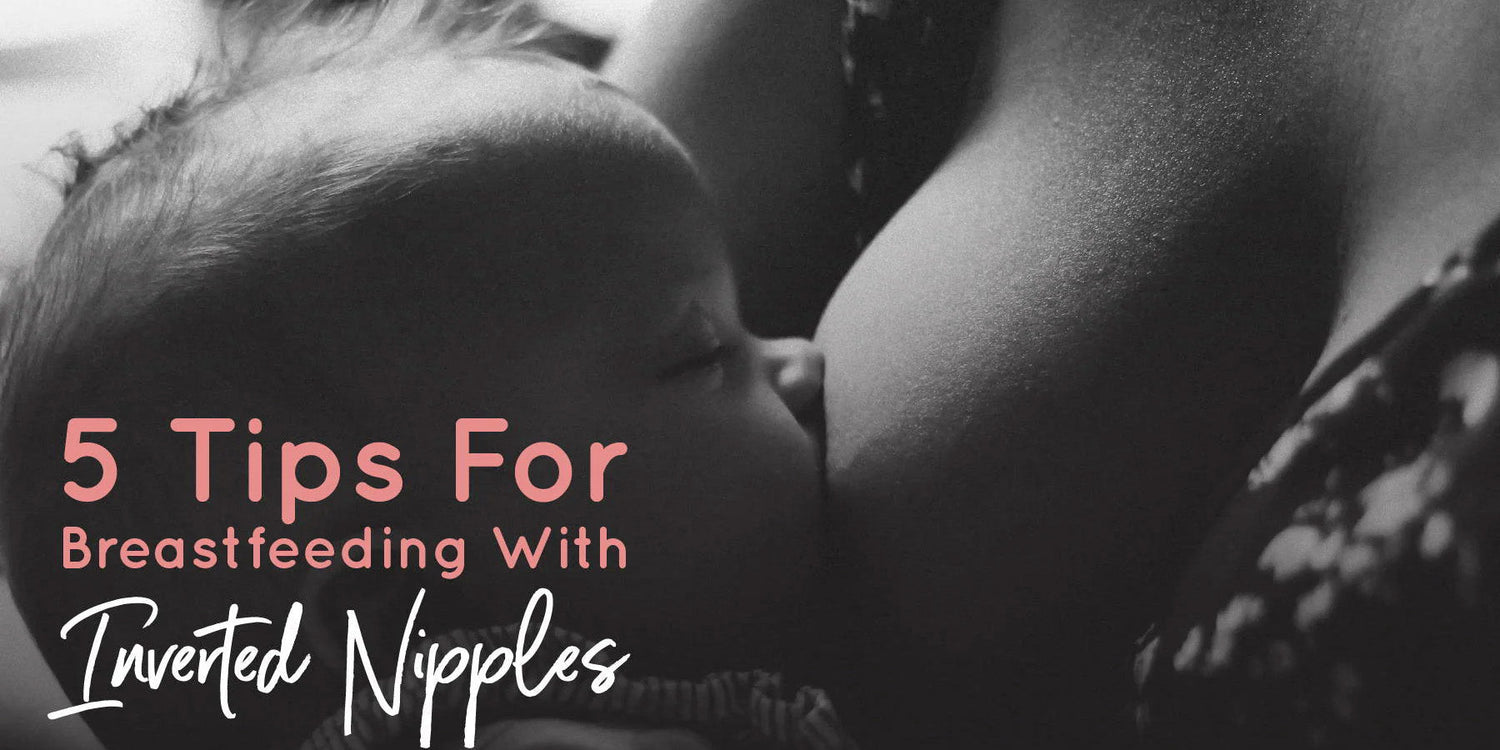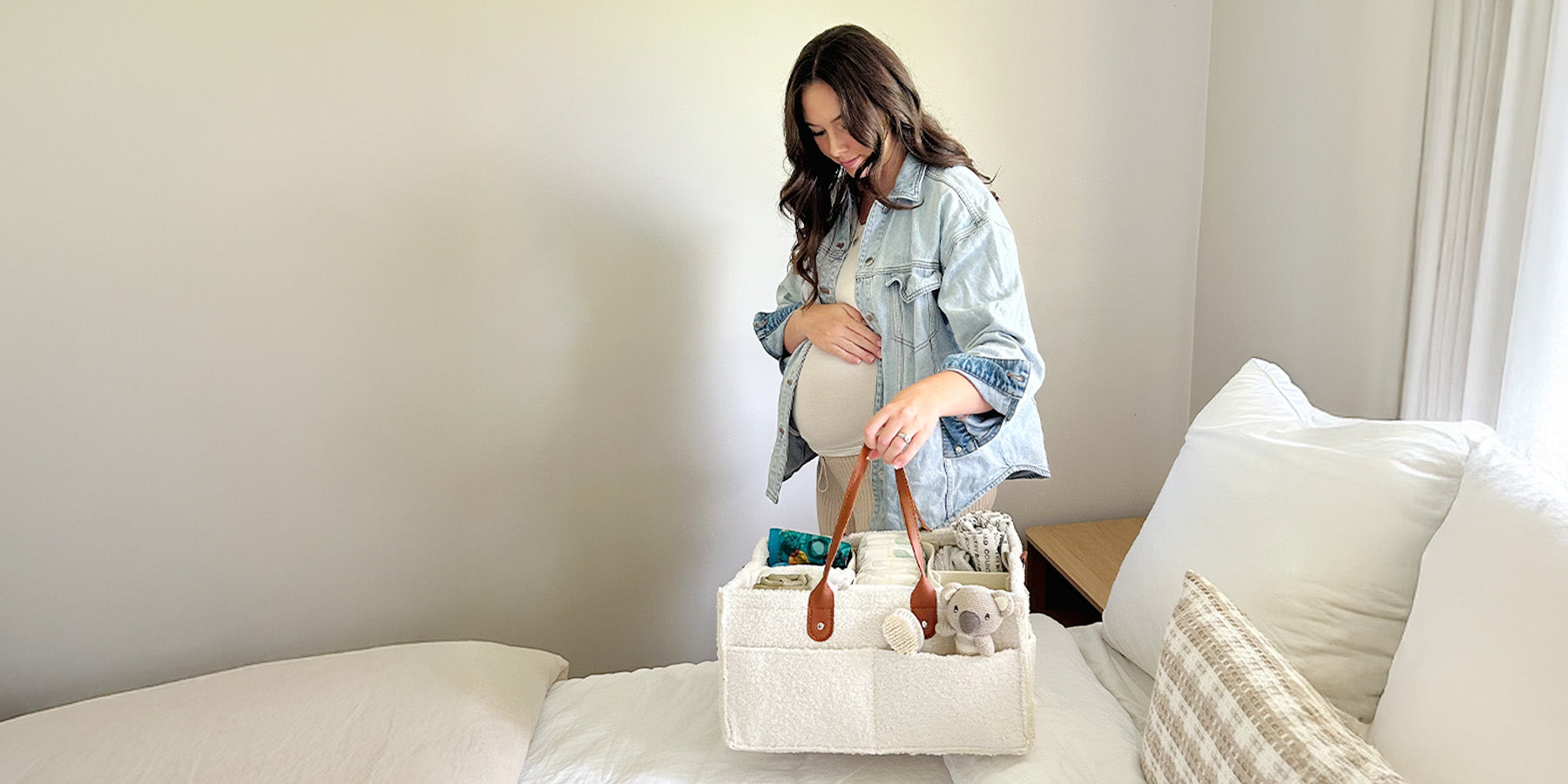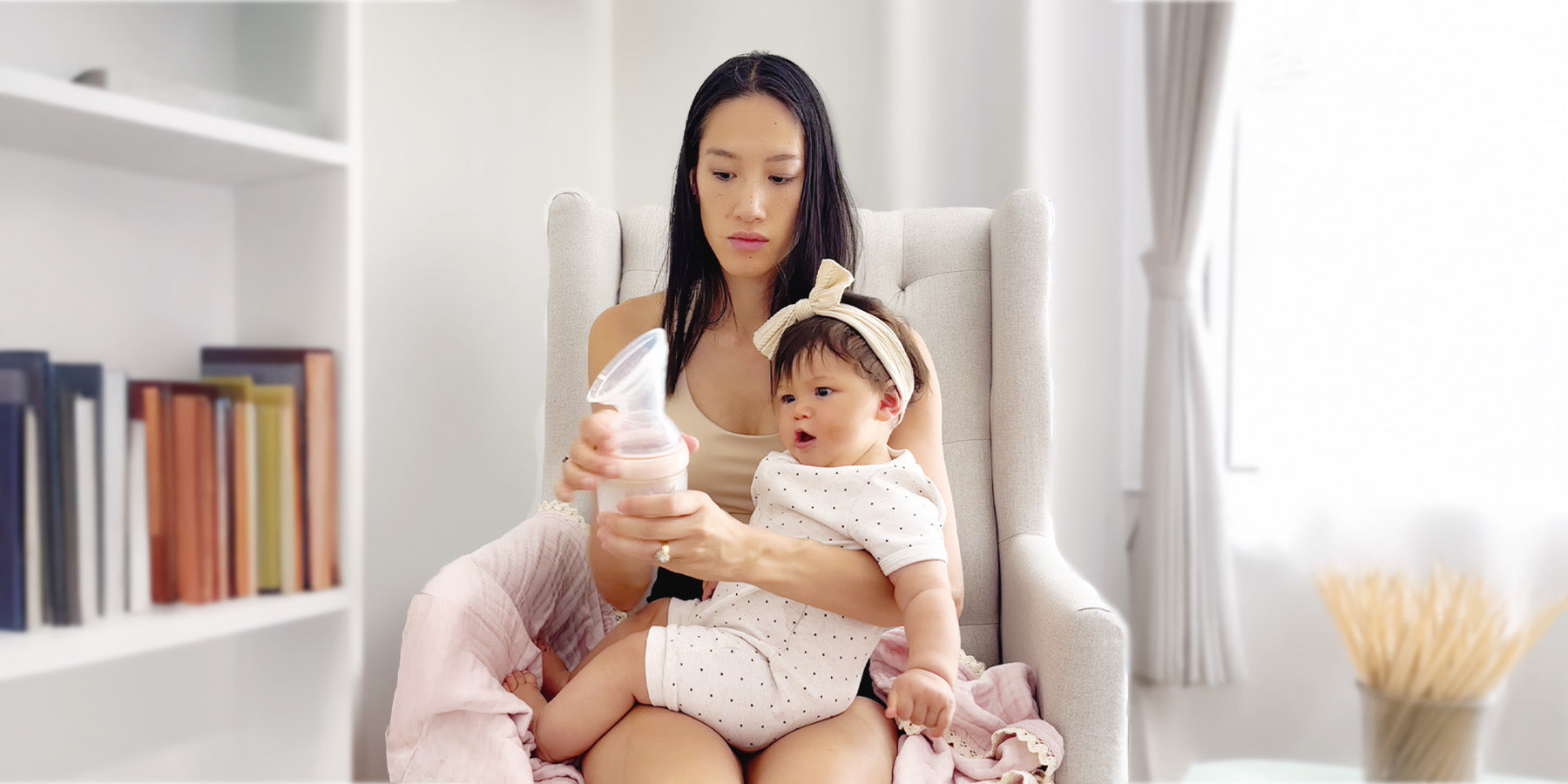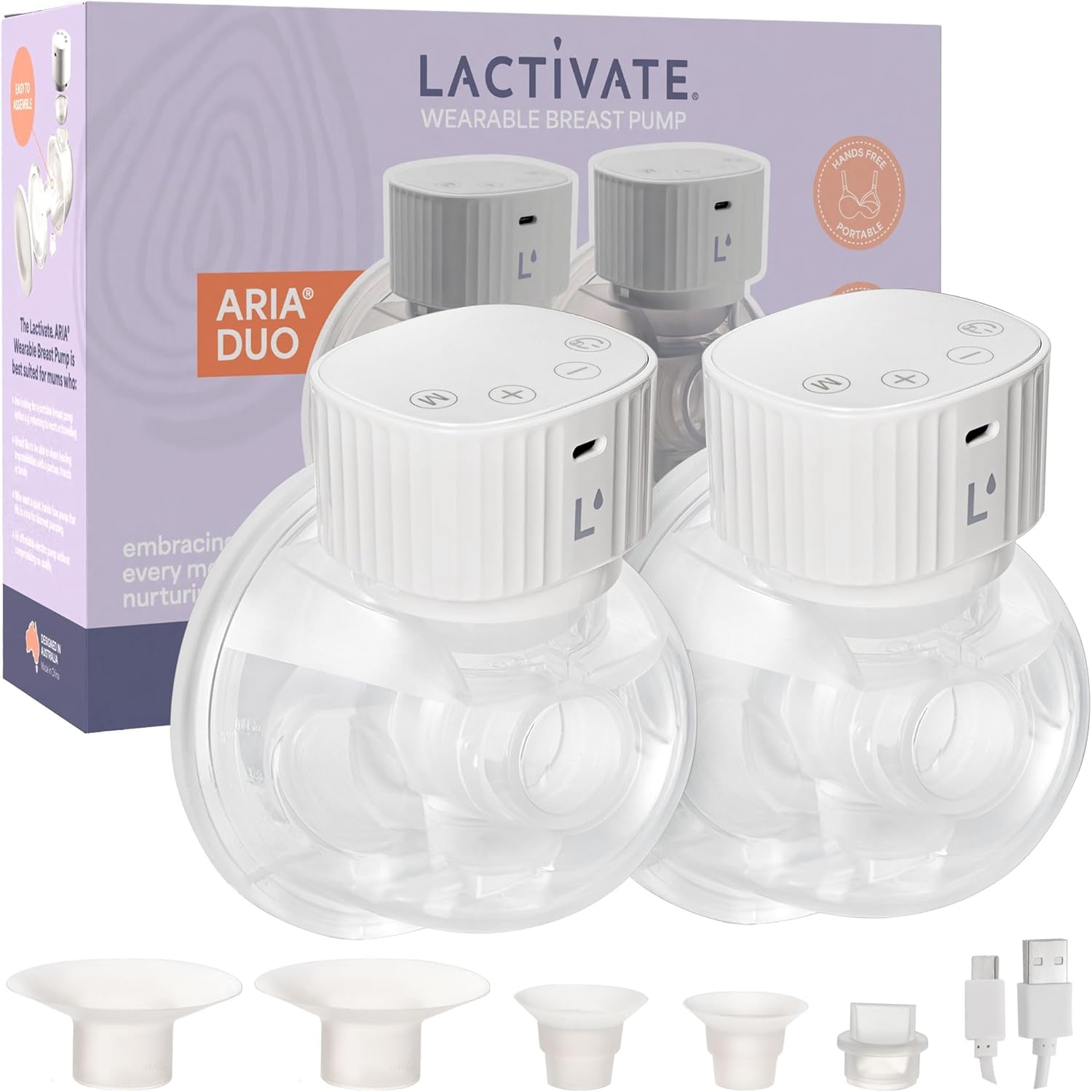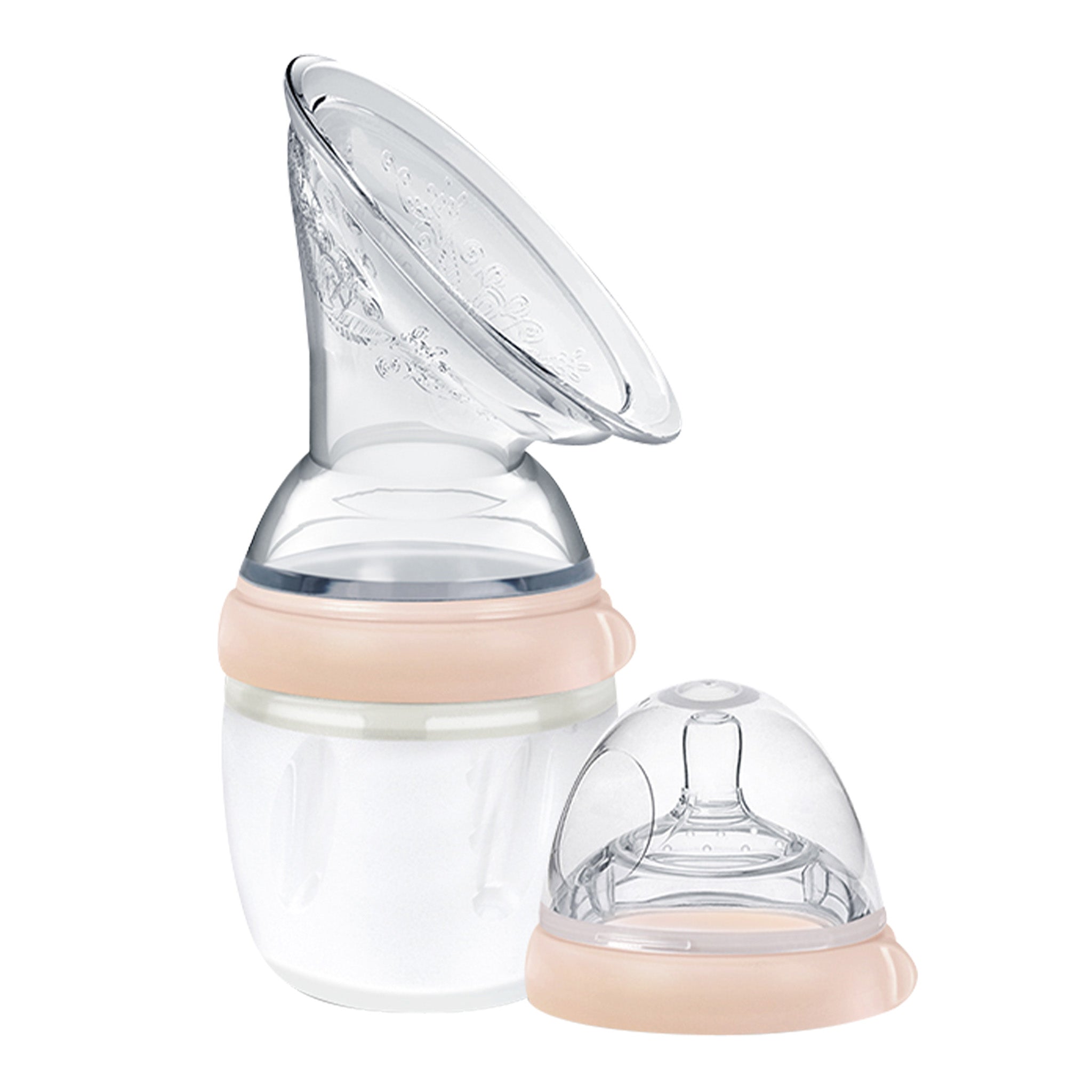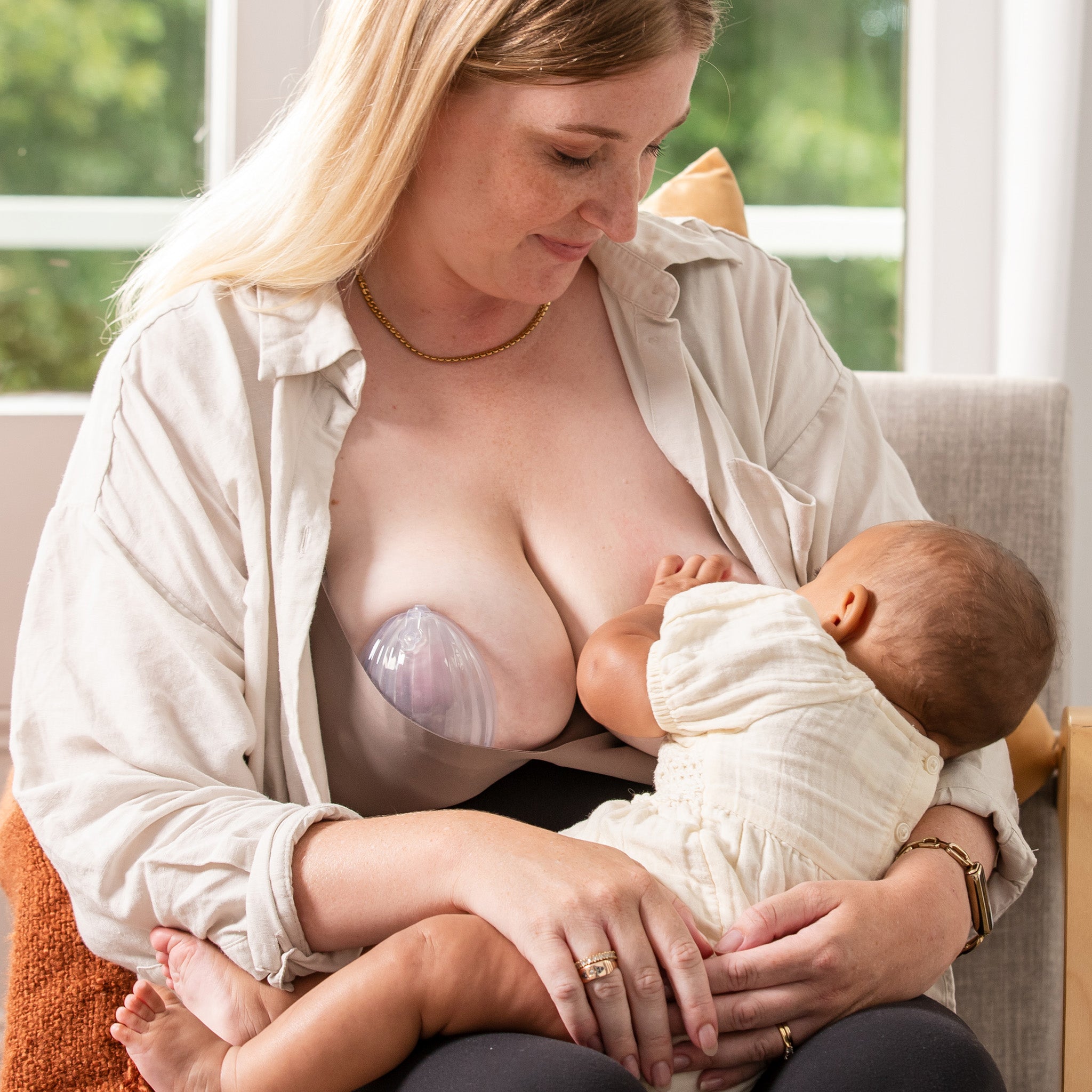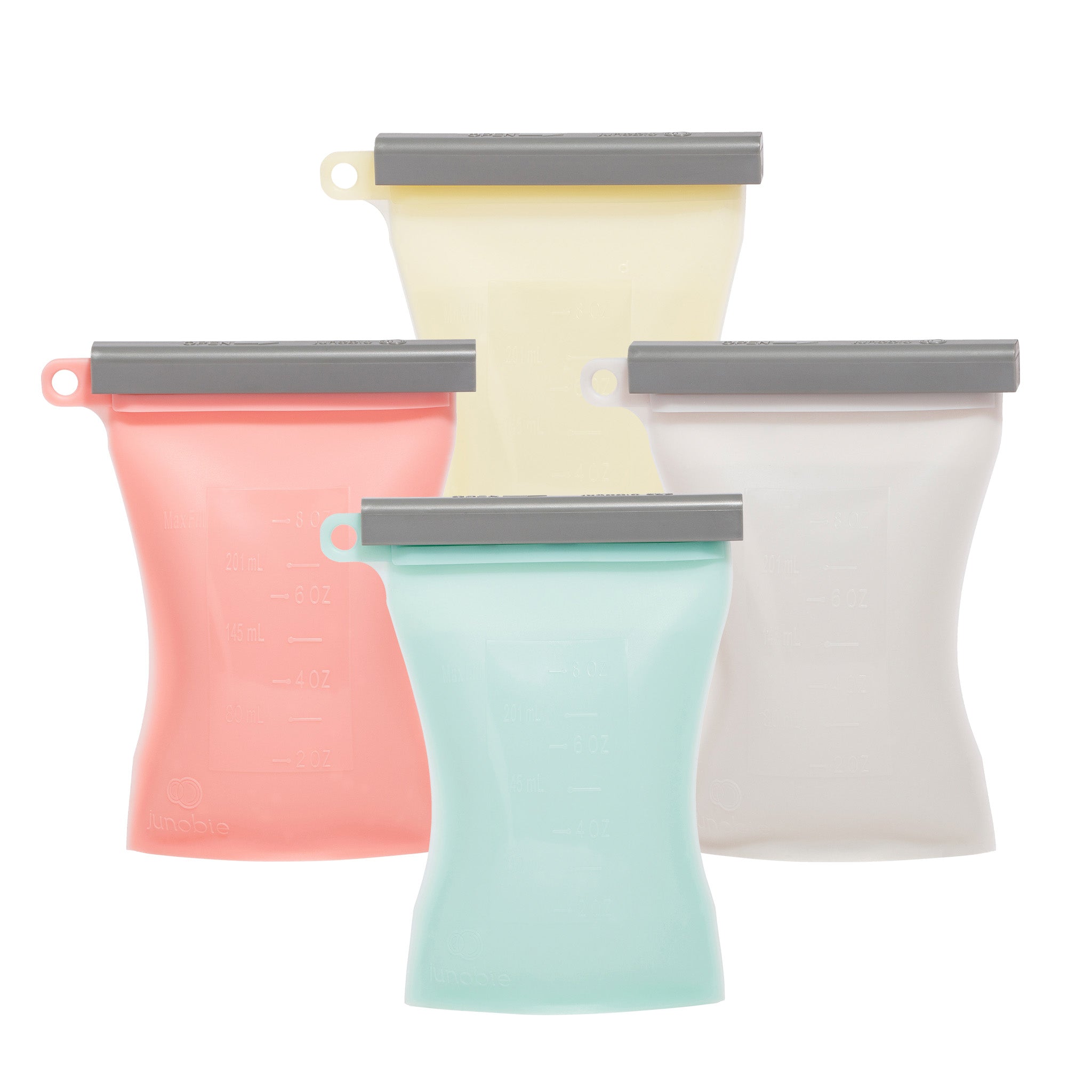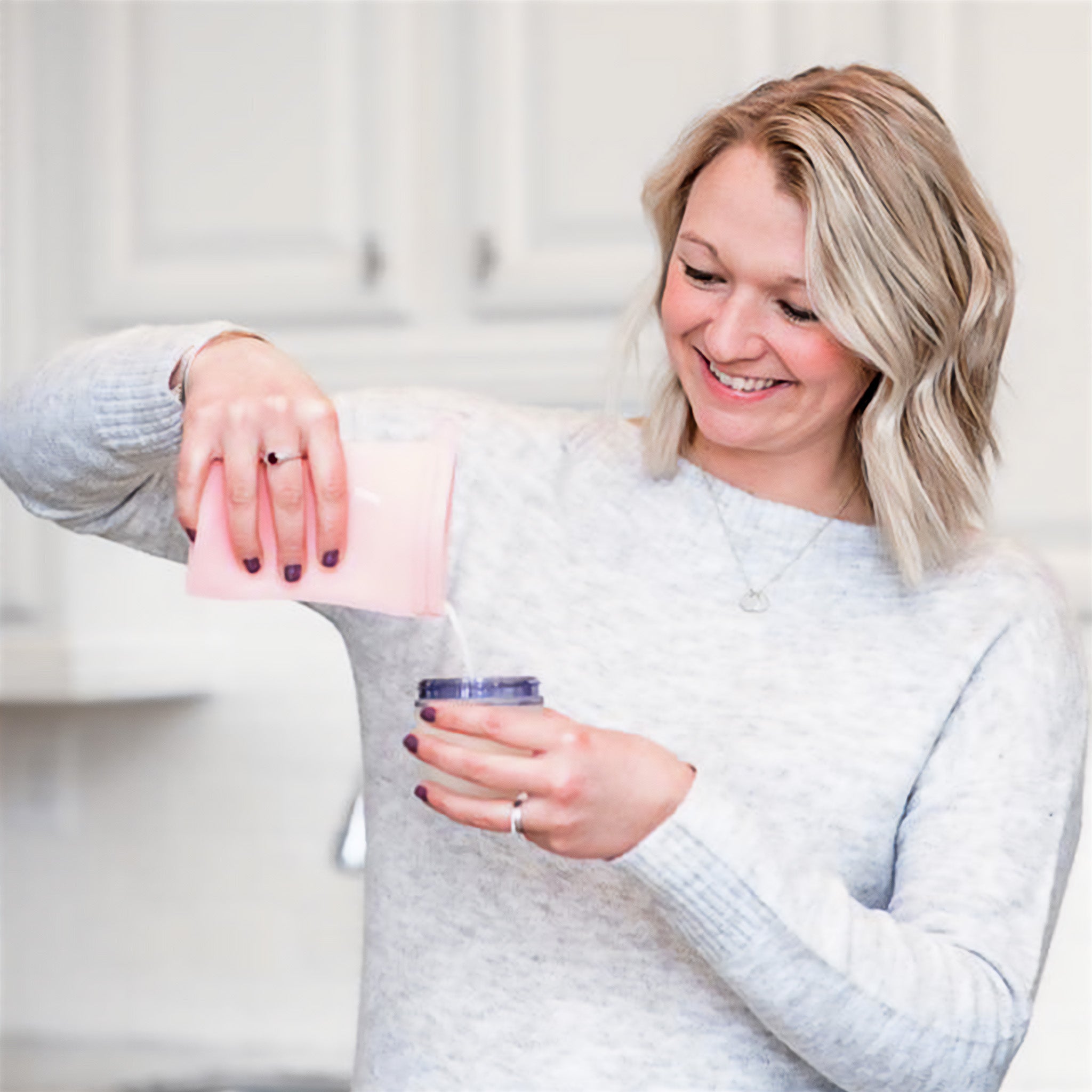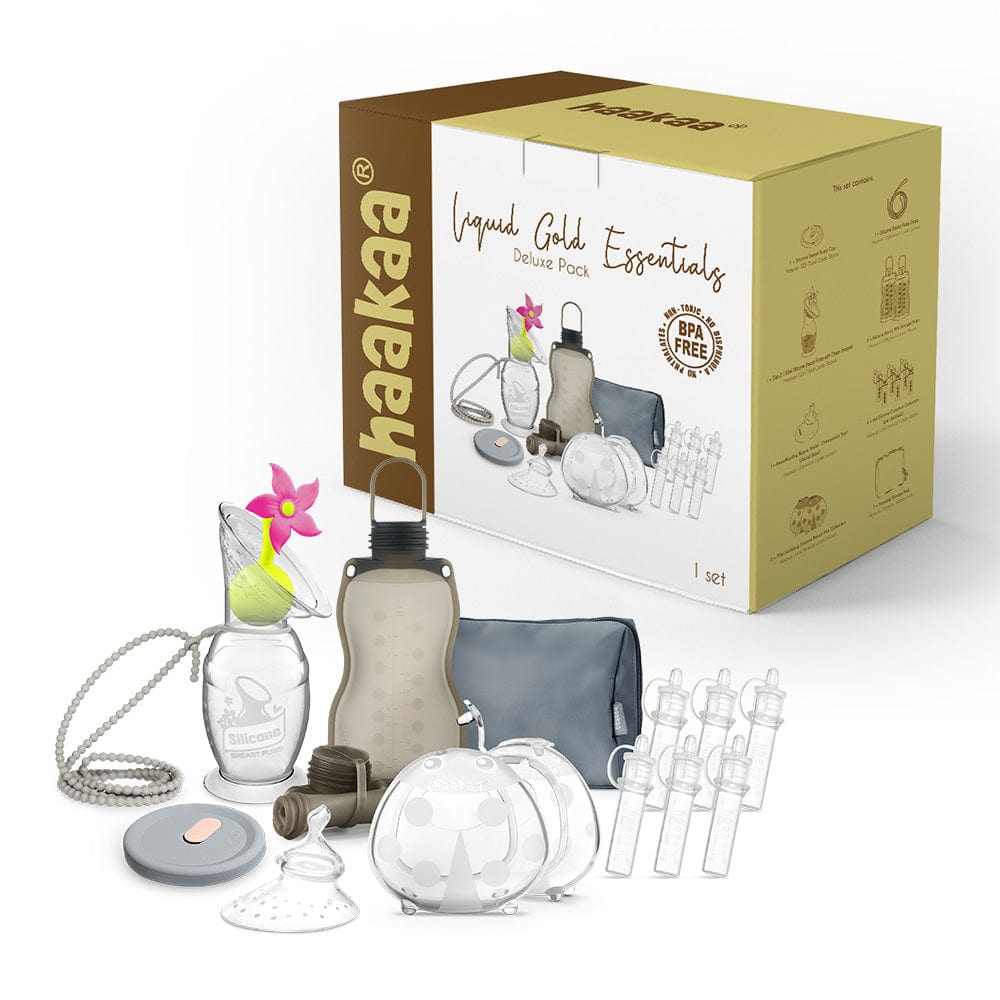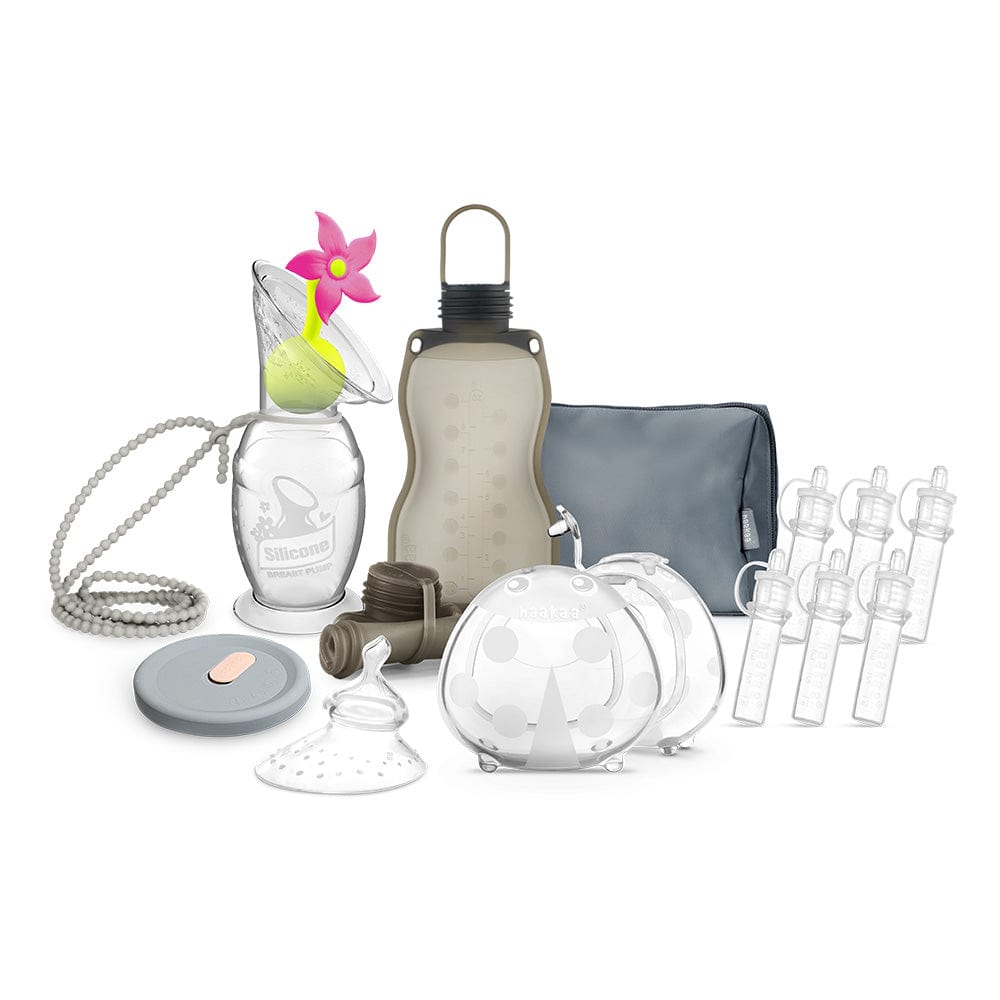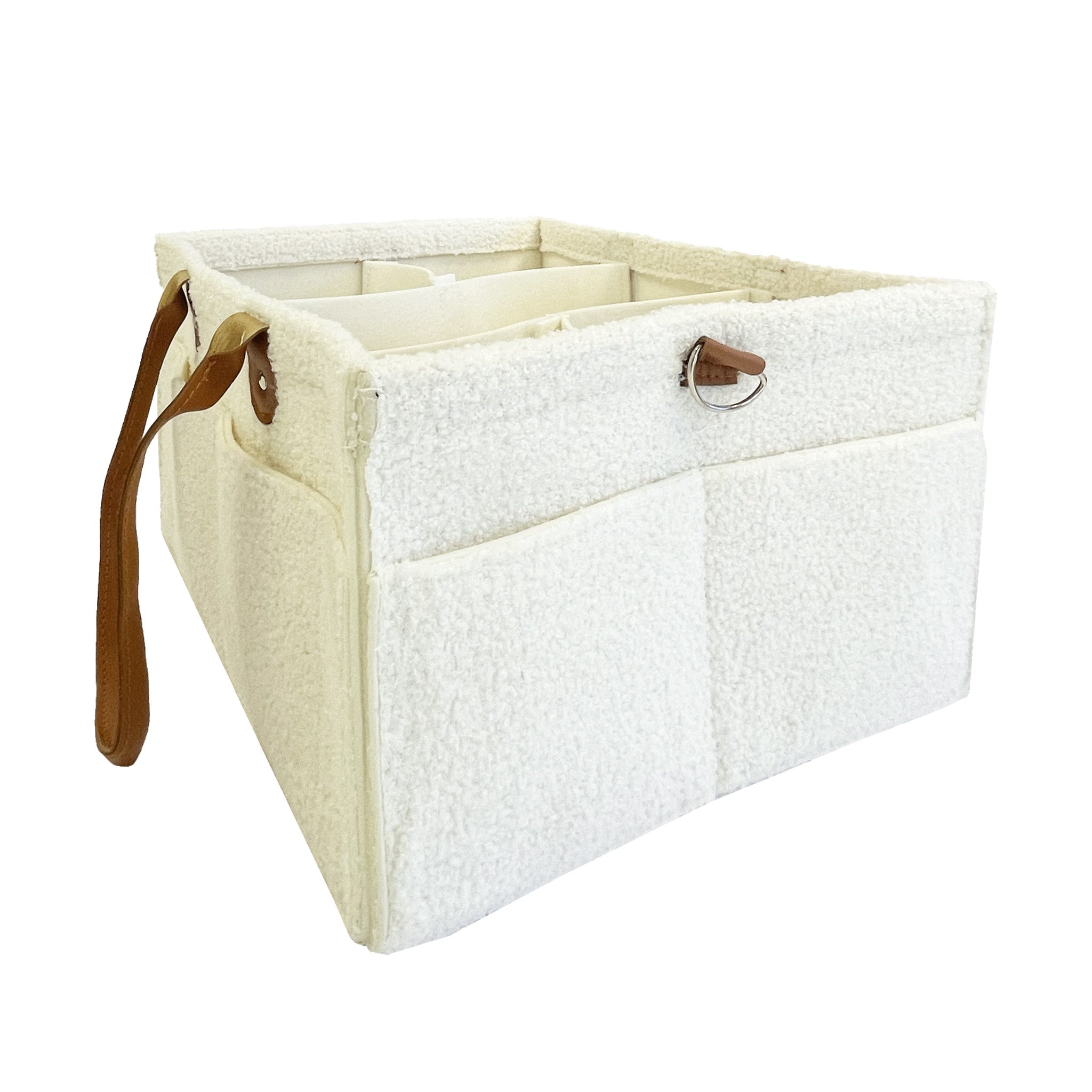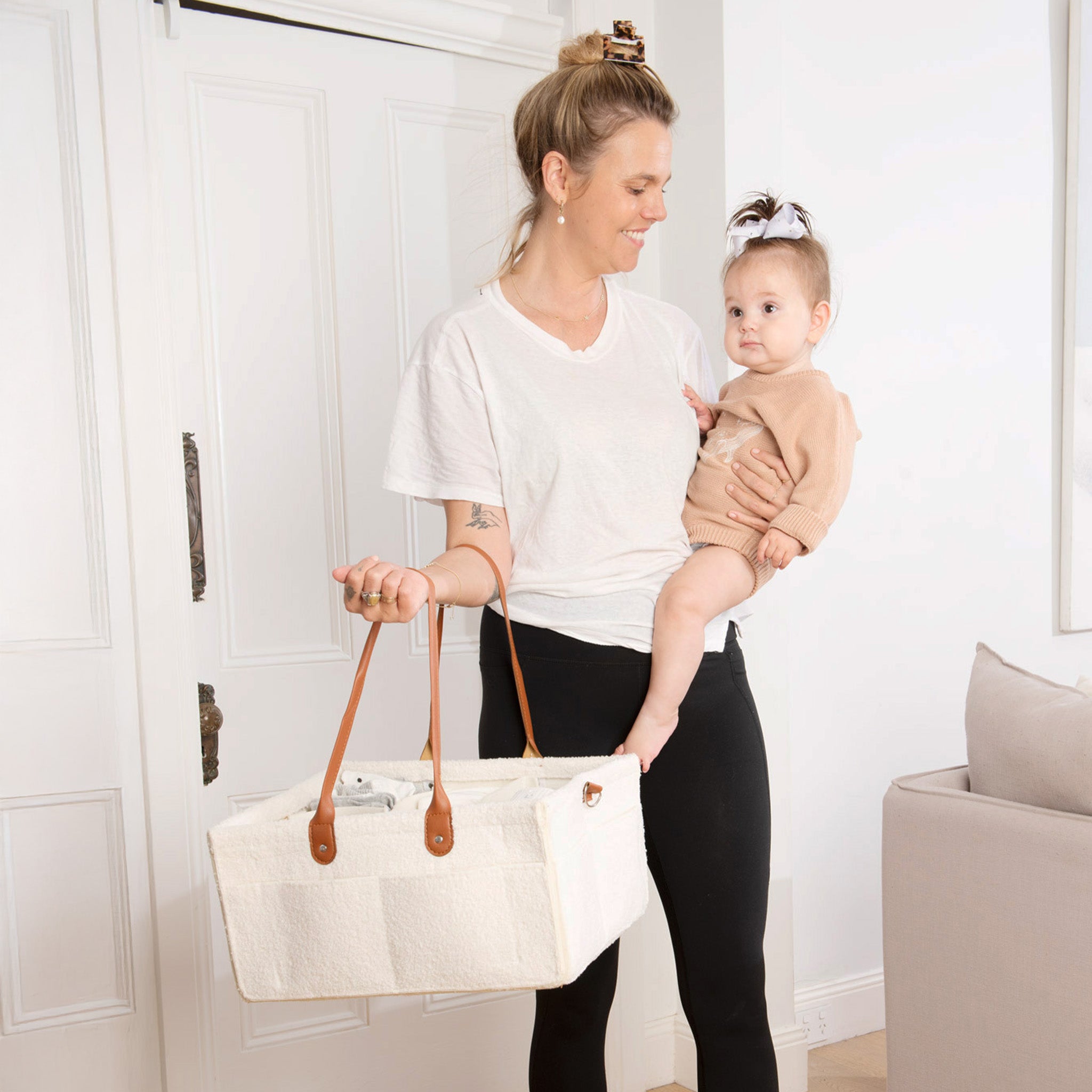If you've got inverted nipples you may have worried that breastfeeding was going to be tricky, if not impossible!
Thankfully, that is not always the case and many women successfully breastfeed with nipples of all shapes and sizes, including inverted ones!
It's important to remember that babies 'breast' feed and not 'nipple' feed. In fact, nipple feeding, where babies are primarily attached to the nipple and not the areola and breast tissue, is usually a sign of a poor latch. When baby is latched properly, they'll bypass the nipple and attach to your areola which is where they need to be to stimulate and compress the milk ducts.
Degrees of nipple inversion vary, from mild to severe but with the right support and feeding technique, successful breastfeeding is absolutely possible.
What causes inverted nipples?
It's estimated that around 10-20% of women are born with inverted nipples. This means that the inversion occurred while in the womb. Generally, the inversion itself is caused by adhesions or tight bands of connective tissue underneath the skin that pull the nipples inwards. The good news is that these bands can be loosened through breastfeeding, pumping and using products like nipple formers and/or breast shells.
Generally, inverted nipples are not a cause for concern. It's also been found that breast surgery and even breastfeeding itself can sometimes cause an inversion or change to nipple shape later in life. It is advised that any sudden changes to your nipple or breast tissue be discussed with your GP, especially if there doesn't appear to be an obvious cause.
5 Tips For Breastfeeding With Inverted Nipples
1. Support, support, support
Successful breastfeeding is made much, much easier with support! If you're a first time mum, chances are good that you haven't had much first hand breastfeeding experience, and even if you have, when it's your time to latch, it may be equal parts confusing, overwhelming and exhausting. If you've got inverted nipples, it's a good idea to speak to your Midwife/Obstetrician about your desire to breastfeed and concerns about how it may unfold. Find out what services your hospital offers and ask about support from the Lactation Consultant/IBCLC. Many hospitals will run breastfeeding classes prior to birth and on the ward after your bub arrives that can be super helpful. The Australian Breastfeeding Association is also a wonderful resource for help, support and advice. If you're having trouble or have concerns, ask for help and keep asking until you get it.
2. Learn about latching
A good latch is key to successful breastfeeding. This can take time and having a Lactation Consultant to help can make a huge difference. A 'good' latch involves your baby getting a full mouthful of breast tissue to effectively draw out as much milk as possible. While your nipples ARE important, the positioning of them isn't as important as the way baby is attached to the breast. It can be helpful to try different breastfeeding positions (cradle, cross cradle, football hold, side lying) to work out what works best and most comfortably for both you and your baby.
3. Try reverse pressure softening
Reverse what?! Reverse pressure softening is a technique that can help soften breast tissue (great for engorgement) AND help to draw your nipple out before breastfeeding. To give it a go, use your fingers to circle the base of the nipple and push toward the chest wall for 2-3 minutes prior to latching. This can help soften the tissue, trigger milk flow and allow your nipple to protrude for an easier latch.
4. Give products designed for inverted nipples a go
There are a whole range of products that can be helpful for inverted nipples. These include breast shells (like the Haakaa Silicone Milk Collector), nipple formers and breast pumps. All of these products are designed to use suction to help draw out the nipple and loosen the tight tissue inverting it. It is often recommended that mums with more severely inverted nipples try a former or pump just before they latch baby on to help the nipple 'pop' out more. Breast shells can be worn throughout the day and can help the nipple to remain everted. La Leche League International actually suggest women with inverted nipples use breast shells during pregnancy to take advantage of the increased elasticity of the skin and encourage the nipples and tight tissue to start stretching.
Shop Haakaa Inverted Nipple Corrector
Shop Haakaa Ladybug Milk Collector
5. Consider a nipple shield
A nipple shield can sometimes be helpful for mamas with inverted nipples. Not only do shields give baby a larger surface area to latch, they can also alleviate some of the discomfort that can come from breastfeeding with inverted nipples. Nipple shields are best used alongside help and support from a Lactation Consultant who can ensure that the shield is being used correctly with plenty of milk transfer and also advise on transitioning baby away from the shield as breastfeeding is established.
For more information and resources on breastfeeding, click here.

